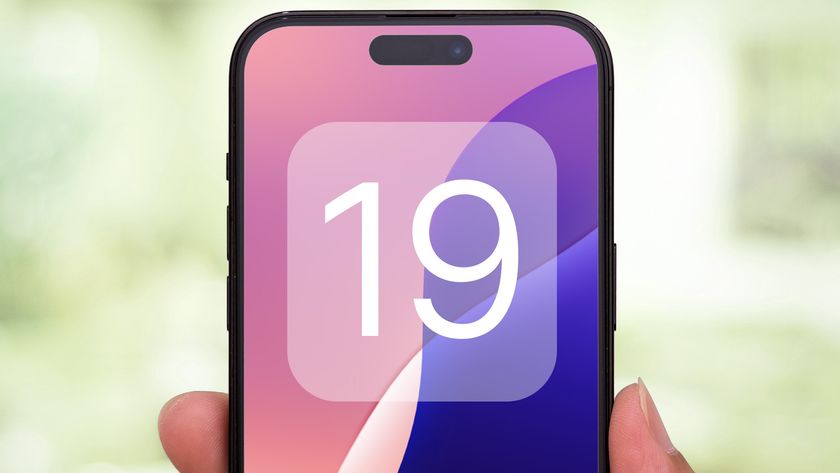Synthetic identity theft: How crooks create a new you
Synthetic identity theft combines real and fake data to create a Frankenstein profile. Here's how it hurts you, and how to protect yourself.

It's called synthetic identity theft, and it's harder to detect and protect against than traditional identity theft. It happens when the bad guys combine real personally identifiable information with fake data, then open new accounts with that cobbled-together identity.
As often happens with regular identity theft, "synthetic identity theft is when your Social Security number is used without your authorization," explained Robert Siciliano, Boston-based identity-theft expert and spokesperson for BestHomeSecurityCompanys.com. But there's a crucial difference.
"What the [fraudsters] often do," Siciliano said, "to trip up the credit bureaus, to trip you up, to trip up the lenders, everybody — is they'll use a different name, or a variation of your name, something that doesn't point back to you. So the primary identifier is your Social, but everything else is pretty much different."
MORE: Best Identity-Theft Protection Software
In typical identity theft, a fraudster pretends to be a victim by using that person's real name, Social Security number and other personal information. The criminal doesn't change any of that pilfered data.
But in synthetic identity theft, explains Adam Levin, chairman of Scottsdale, Arizona-based identity-protection firm IDT911 and a former director of the New Jersey Division of Consumer Affairs, a criminal essentially creates a whole new identity.
This kind of identity thief starts with a real Social Security number, but then adds fake credentials, such as a fake name, address, birth date and so on. It's a Frankenstein's monster, stitched together from various parts into something that looks approximately like a real person.
Sign up to get the BEST of Tom's Guide direct to your inbox.
Get instant access to breaking news, the hottest reviews, great deals and helpful tips.
Bad guys then use these manufactured identities to apply for jobs and build credit little by little, for example by obtaining cellphone service or credit cards — small accounts that, properly maintained, can establish enough credit to obtain larger loans that won't be paid back.
Since such a criminal only uses some of a consumer's personal information, the fraud often won't show up on the legitimate SSN holder's credit report. On the other hand, negative information attached to another file can be linked to the individual's file in the credit bureau, negatively affecting his or her credit report and credit score, according to the Federal Trade Commission.
"Since this type of ID theft does not affect your main credit file, it often doesn't hit your credit report, nor will a fraud alert or credit freeze help," the FTC noted. "It takes longer to find out you've been victimized, making it harder for you to clear your name. When [the criminals] run up thousands of dollars of debt and disappear, the creditors will eventually back track to you."
How synthetic identity theft can hurt you
Synthetic identity theft has been around for a while, but it is having more of an impact than it used to.
"We think synthetic identify theft is a fairly large problem," said Stephen Coggeshall, chief analytics and science officer at ID Analytics, an identity-risk and fraud solutions provider in San Diego. "Our estimates are that about 2 percent of applications for credit cards and cellphone accounts are synthetic identity thefts."
If someone uses an individual's Social Security number successfully and defaults on a loan, Coggeshall said, the fraud can result in harm to that consumer's credit rating, even though the name and date of birth attached to the fraud are different.
Siciliano said recent changes in the way Social Security numbers are generated are responsible, in part, for enabling the bad guys to get away with synthetic identify theft so easily.
In 2011, the Social Security Administration implemented Social Security number (SSN) randomization as a way to deter fraud — until then, it was fairly easy to guess an individual's SSN if you knew where and when the number had been issued. But the randomization change also made it harder for anti-fraud detection technology to spot when a previously issued number is linked to a fake identity, Siciliano said.
How to tell if you're a victim of synthetic identity theft
You might be able discover if you've been a victim of synthetic identity theft by watching for the consequences, Coggeshall said.
The credit-reporting bureau Experian recommends that you check your annual Social Security statement to ensure that "your reported income figure for the year is in line" with what you actually earned, and to be "on the lookout for mail that is sent to your home with someone else's name."
Still, that may not be enough.
"The only way that I know to stop this as it's happening is these identity-theft protection services," Coggeshall said.
Identity-theft protection products, such as TrustedID and LifeLock, monitor an individual's personal information by searching the Internet for unauthorized uses of his or her Social Security number, credit cards and debit cards — and alert that person if anything changes.
"There are a few [such products] out there," he said. "What you want to do is get these alerts as the attempt is occurring."
- Identity-Theft Victim? Here's 6 Things You Need to Do
- Why the Wealthy Are Prime Targets for Identity Theft
- 10 Simple Steps to Avoid Identity Theft
Follow us @tomsguide, on Facebook and on Google+.
Linda Rosencrance is a freelance writer with more than a dozen years' experience covering IT. Her work has appeared on many sites, including Computerworld, TechNewsDaily, Tom's Guide, and more. She has also worked as an investigative journalist, and has written and published five true-crime books. She lives and works in Boston.













